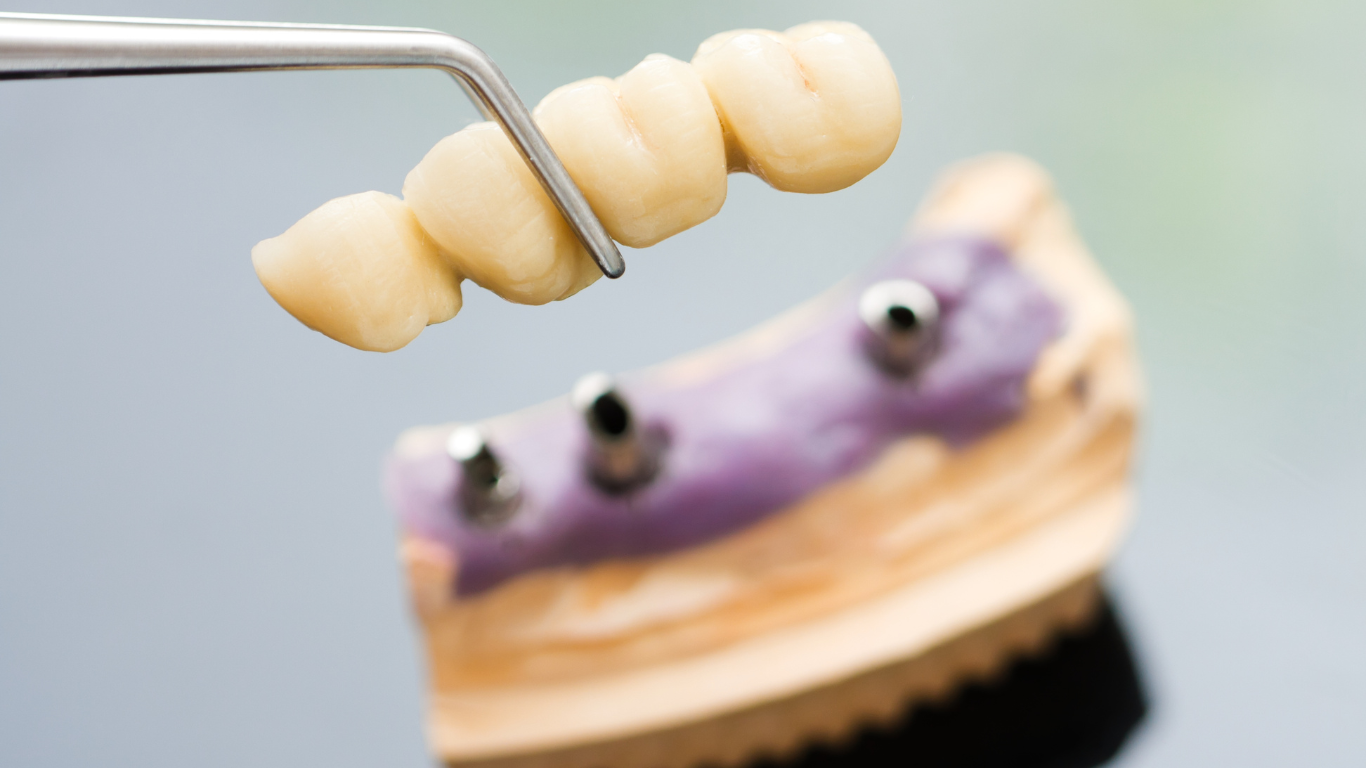
Introduction:
Dental bridges are a popular and effective solution for replacing missing teeth, yet they are often surrounded by myths and misconceptions. In Stafford, TX, where oral health is a priority, it’s important to debunk these myths to ensure patients have accurate information when considering bridges. In this article, we will address and dispel some of the most common myths about bridges.
Myth 1: Dental Bridges Are Painful to Get
One of the most prevalent myths about bridges is that the procedure is painful. In reality, getting a dental bridge is typically not painful. Local anesthesia is used to numb the area before the procedure, ensuring minimal discomfort. Patients may experience some mild discomfort or soreness afterward, but this can usually be managed with over-the-counter pain medication.
Myth 2: Dental Bridges Look Fake
Some people believe that dental bridges look unnatural or fake. However, modern dental technology allows for highly realistic and natural-looking bridges. Dentists carefully match the color, shape, and size of the bridge to the surrounding teeth, ensuring a seamless blend with the rest of the smile. When properly designed and placed by a skilled dentist, bridges can be virtually indistinguishable from natural teeth.
Myth 3: Bridges Are High Maintenance
Another common misconception is that bridges require extensive maintenance. While it’s true that dental bridges require regular oral hygiene practices like brushing, flossing, and routine dental visits, they are not significantly more high maintenance than natural teeth. With proper care, including regular cleanings and check-ups, bridges can last for many years without any issues.
Myth 4: Dental Bridges Cause Damage to Adjacent Teeth
Some people worry that getting a dental bridge will damage the adjacent teeth. However, when properly designed and placed by a qualified dentist, bridges should not cause any harm to the neighboring teeth. In fact, bridges can help prevent the shifting of surrounding teeth, which can occur when a gap is left untreated.

Myth 5: Bridges Are Only for Older Adults
While bridges are commonly associated with older adults, they are suitable for people of all ages who have missing teeth. Whether due to injury, decay, or other dental issues, anyone with missing teeth can benefit from a dental bridge. In fact, replacing missing teeth with a dental bridge can improve oral health, restore function, and enhance overall confidence, regardless of age.
Myth 6: Bridges Are Not Durable
Some people believe that bridges are not durable and will need frequent replacement. However, with proper care and maintenance, bridges can last for many years – typically 5 to 15 years or even longer. The longevity of a dental bridge depends on various factors, including oral hygiene practices, diet, and regular dental check-ups.
Conclusion:
Dental bridges are a reliable and effective solution for replacing missing teeth, yet they are often surrounded by myths and misconceptions. By debunking these myths and providing accurate information, we can help patients in Stafford, TX make informed decisions about their oral health. Dental bridges are not painful to get, they look natural, and they are not significantly more high maintenance than natural teeth. They also do not cause damage to adjacent teeth and are suitable for people of all ages. With proper care, bridges can be a long-lasting solution for restoring smiles and improving oral health.

